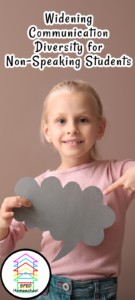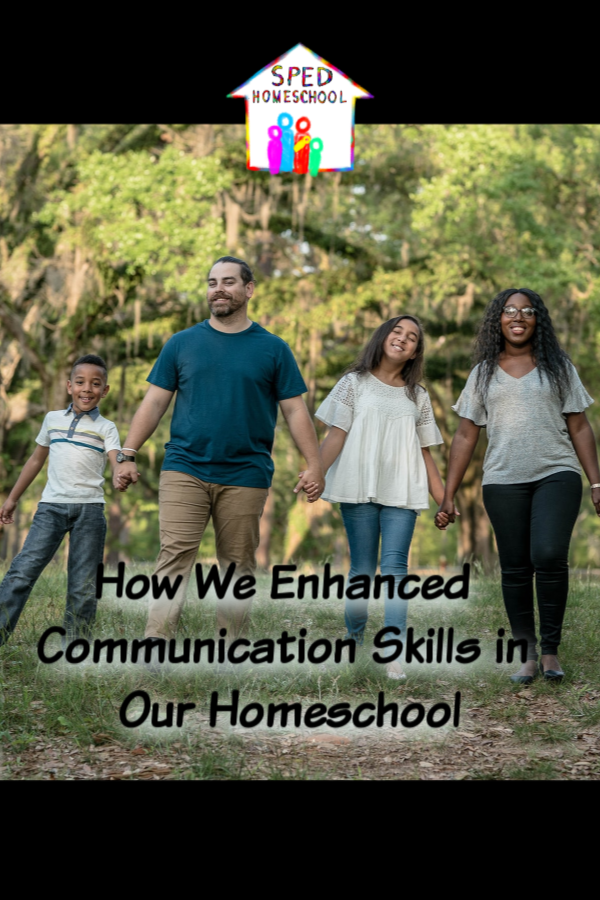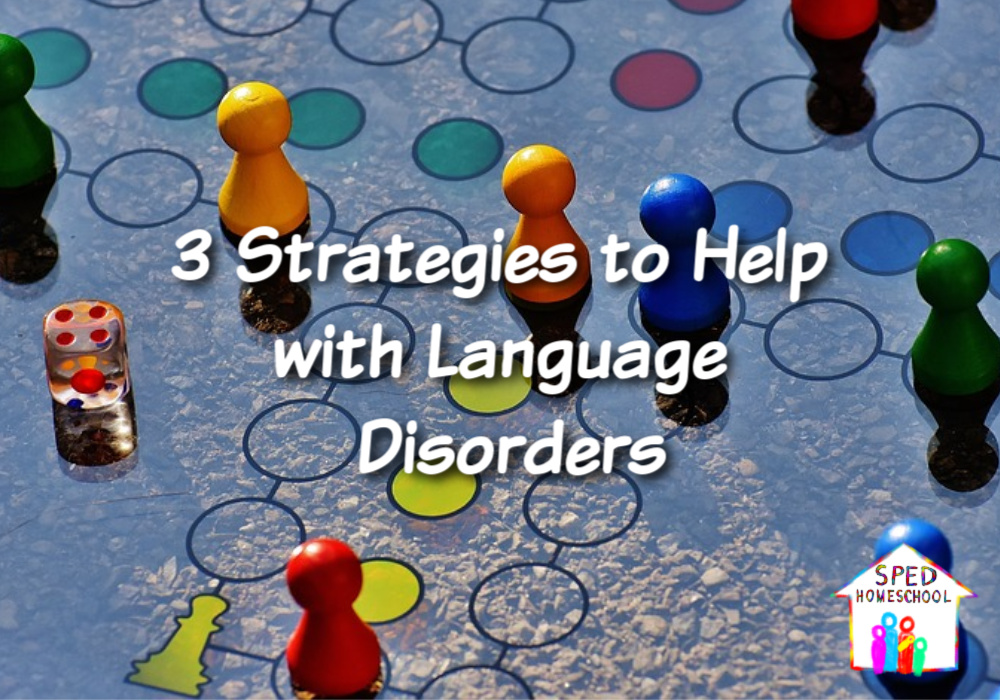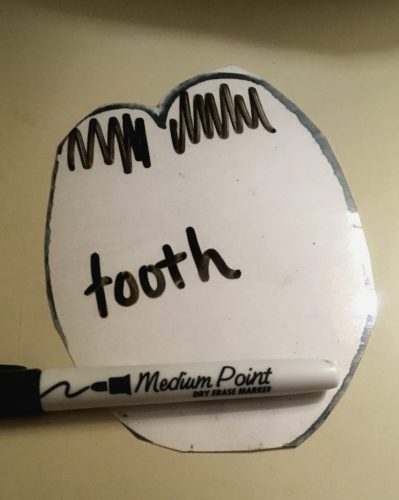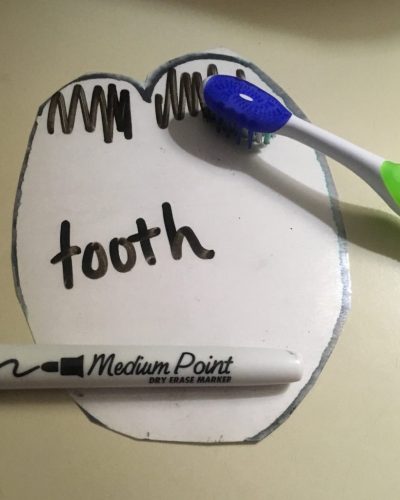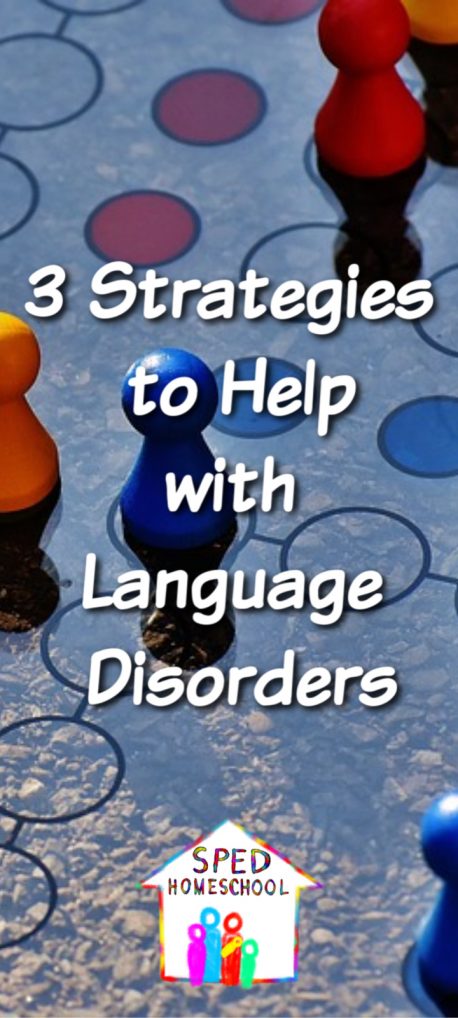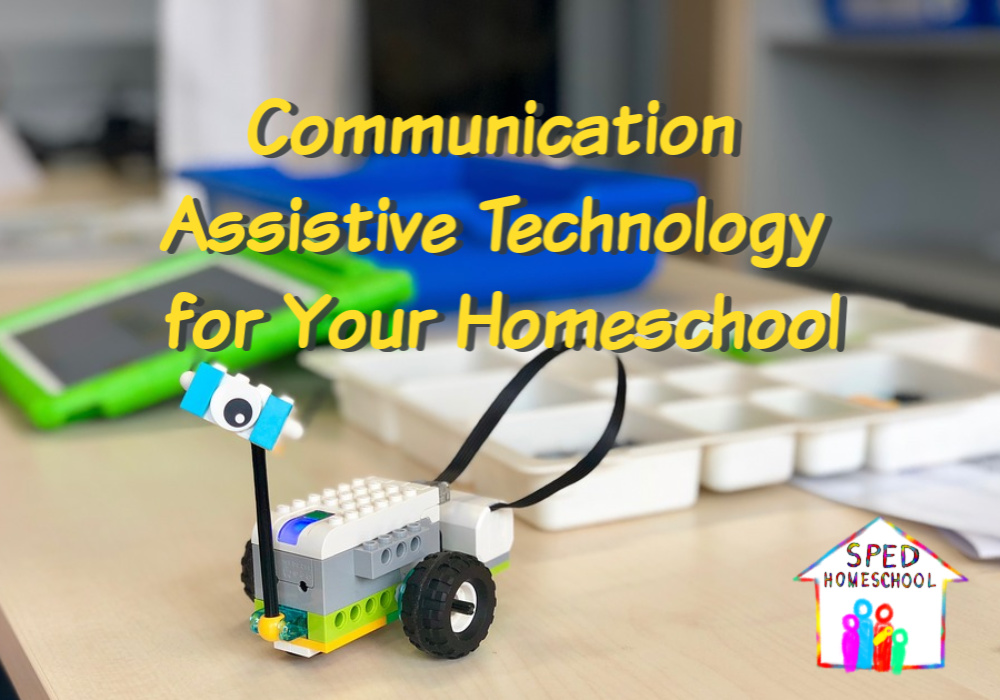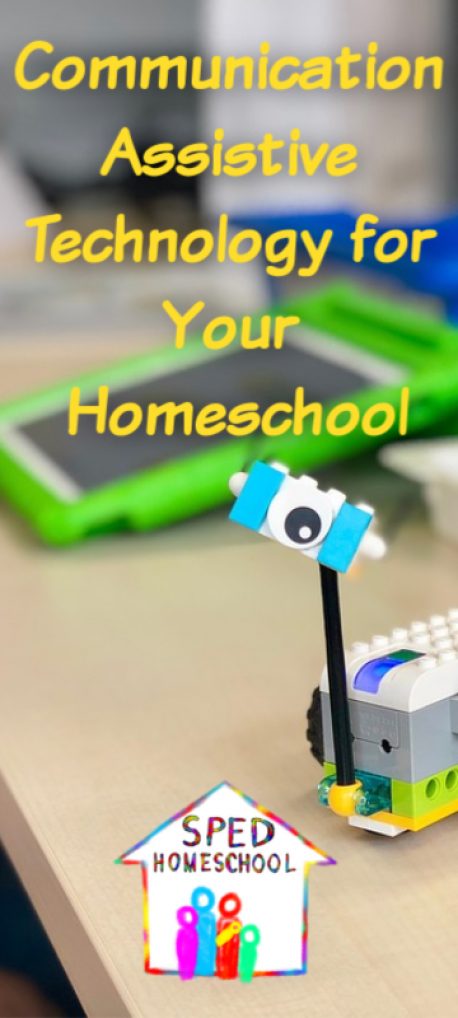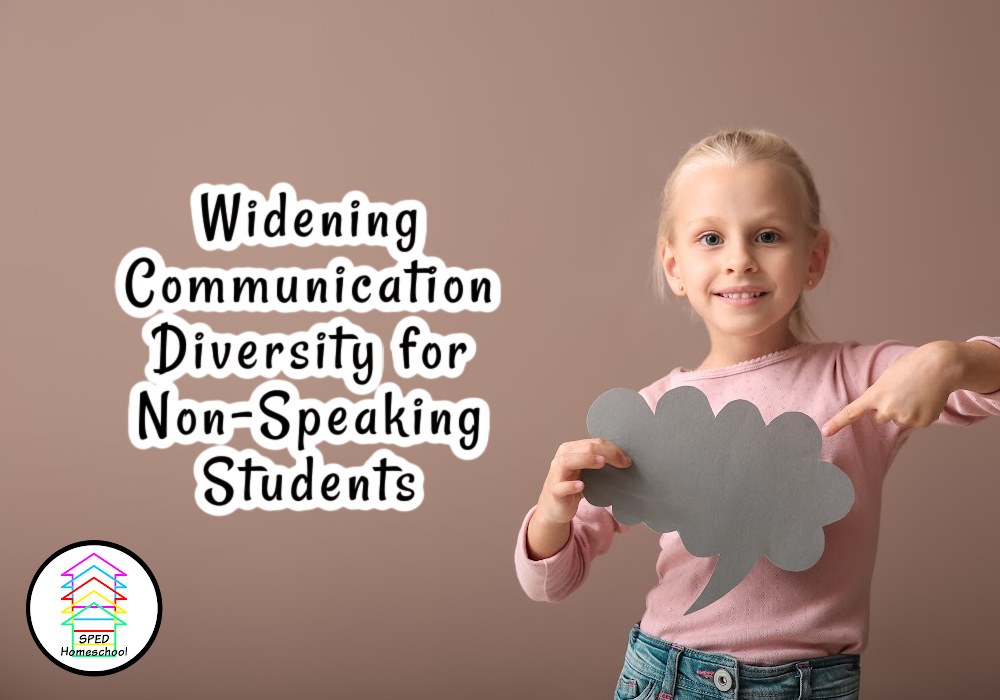
by Ashley Gillespie, Founder and President of Children’s Oasis Foundation
When a child is labeled as non-verbal it can be limiting and automatically assumes that the individual has no intent or meaning in the ways they are communicating. I have learned though that instead of looking at non-verbal communication as something that is limited, it is better to see each individual as neurodiverse and take extra steps to understand strengths and differences and the fact that communication can look like eye gazes, gestures, or vocalizations as well as typical speech.
Communication Through Relational Connections
How can we know what the child is communicating when they don’t use words? There is power in relationships. Humans are social beings. We were created to rely on relationships to develop. Using developmental models such as DIR Floortime® harnesses the key affective or emotional aspect of these relationships to promote the child’s development.
Joyful interactions through attuned connections foster more communication. Asking ourselves reflective questions can help with greater interpretation. Here are some questions you can ask yourself when looking for ways to cultivate better communication with your child:
- What is the child’s communicative intent?
- Am I noticing any musical vocalizations?
- In what ways can I have a better understanding of this child to support their communication?
We must always presume competence and respond to a child’s intent with emotional connection and shared joy.
Focusing on developmental capacities such as regulation, engagement, and two-way communication are appropriate milestones for non speaking children. Following a child’s interest also allows better support of their development through interactions that support their strengths
Love and connection need no words, only respect and compassion.
Additional Communication Pathways
Autistic self advocates speak about ways that we can be respectful to children’s differences and value them as unique individuals, not just their diagnosis. By giving extra wait time and being in a shared experience, we allow children more processing time and opportunities to see their ideas. This gives us the lens to see the child’s intent and have a shared experience. Traditional therapy approaches lack this understanding. Thankfully, more Speech-Language Pathologists are being trained to better support neurodiverse children that look for these differences, like joint attention, imitation, gestures, and vocalizations in addition to traditional speech-only communication.
Many therapists are also familiar with the differences in analytical vs gestalt language development. Research shows that a high percentage (around 82%) of autistic children are gestalt language developers. Gestalt language development is a model of language development where a child acquires gestalts (scripts) as units of language. Gestalt language developers who are non speaking may communicate using a mix of unintelligible strings of language or song melodies. These all have meaning to the individual and therefore these language uses need to receive acknowledgment.
Ashley Gillespie is a former speech therapist that is now a trained mental health practitioner. She is the Founder and President of Children’s Oasis Foundation, a charitable organization for neurodiverse individuals. Ashley holds an advanced certificate in DIR Floortime® and is passionate about spreading the model with more parents and professionals around the world. Her passions for her work are a gift from Jesus that brings so much joy to her life.

